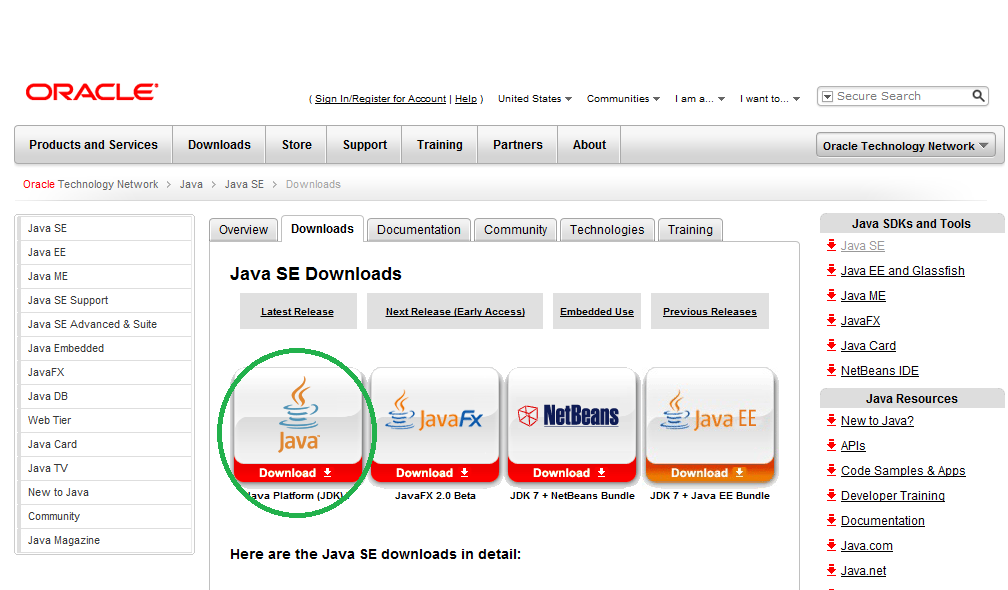

JNI is a programming framework that enables Java code running in JVM to communicate with (i.e., to call and be called by) applications associated with a piece of hardware and specific operating system platform. Java Native Interface (JNI) is often referred to in connection with JVM. In addition, JVM can run programs written in other programming languages that have been translated to Java bytecode. It is also platform-dependent and performs many functions, including memory management and security. JVM is specifically responsible for converting bytecode to machine-specific code and is necessary in both JDK and JRE. It is known as the interpreter or the core of Java programming language because it executes Java programming. Java Virtual Machine, or JVM, loads, verifies and executes Java bytecode. Read on and find out how Java Virtual Machine (JVM), Java Runtime Environment (JRE) and Java Development Kit (JDK) each play a role in the Java development process, their relationship to each other and the differences that set them apart.

It is primarily used for back-end development projects, game development and desktop and mobile computing.

Java is one of the most popular programming languages used in developing environments today. How do JVM, JRE and JDK relate and work together in the Java development process?


 0 kommentar(er)
0 kommentar(er)
